How to Clean Your Garden in Autumn Without Destroying Bug Habitats
Fall cleanup used to mean pulling every plant, bagging every leaf, and leaving the garden looking bare and tidy. I did that for years—until I realized I was also tossing out ladybugs, lacewing eggs, and even bumblebees that had tucked themselves into old stalks. These days, I take a slower, lighter approach. The trick is knowing how to get your garden ready for winter without wrecking the little bug hotels that are already there. Here’s how I do it, step by step.
1. Leave Some Plant Debris
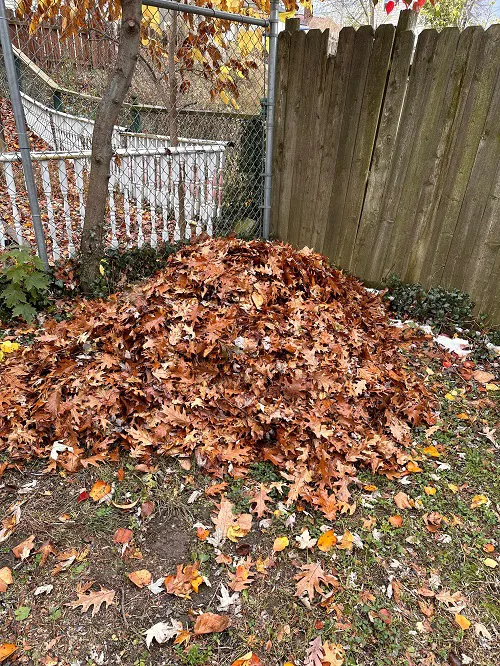
It’s tempting to rip everything out, but leaving a bit of debris helps shelter insects through the cold months. Hollow stems and dried leaves make the perfect overwintering homes.
- Cut stems halfway instead of all the way down.
- Stack pulled annuals in a corner instead of bagging them.
- Scatter leaves lightly under shrubs where they won’t smother grass.
Trust me, your pollinators will thank you come spring.
2. Avoid Raking Too Much
A perfectly bare lawn might look neat, but it leaves zero cover for bugs and worms. Insects like ground beetles and solitary bees actually tuck into fallen leaves for warmth.
- Rake only paths, driveways, or areas where leaves smother grass.
- Leave some leaf piles in the corners of the yard.
- Use shredded leaves as mulch on beds instead of hauling them away.
I used to obsessively rake every inch—now I just tidy the walkways, and my lawn still survives just fine.
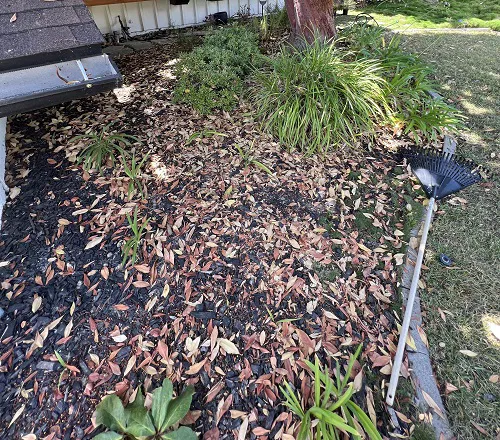
3. Leave It to Mulch
Leaves and plant bits don’t just protect insects; they feed the soil too. A thin layer acts like free mulch that slowly breaks down into compost.
- Chop leaves with a mower for faster breakdown.
- Spread them in veggie beds after the last harvest.
- Add a top layer of straw or grass clippings for balance.
The result? Healthier soil by spring, and fewer overwintering pests compared to bare dirt.
4. Don’t Cut Back All Perennials
Those dry, brown stalks of coneflowers and black-eyed Susans might look messy, but they’re gold for wildlife. Birds snack on the seeds, and bugs hide inside the stems.
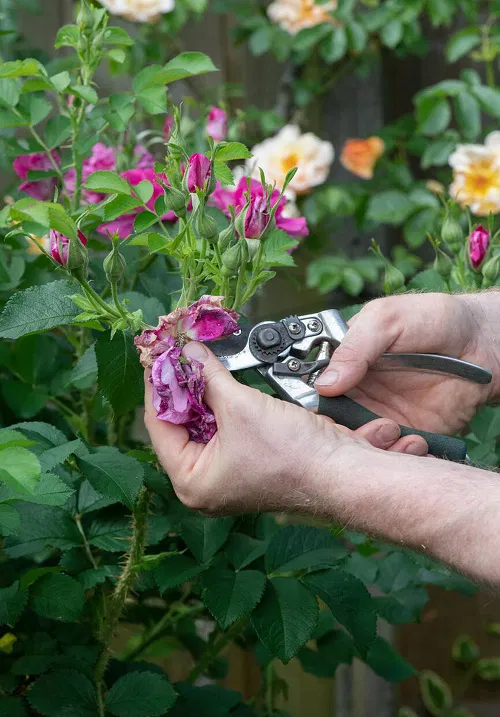
- Leave tall, sturdy perennials standing until spring.
- Cut back only if plants are diseased.
- Consider grouping “messy” plants in a wildlife corner.
I once hacked everything down in October and wondered why I saw fewer bees the next year. Lesson learned: let nature keep her shelters.
5. Pull Back on Pesticides
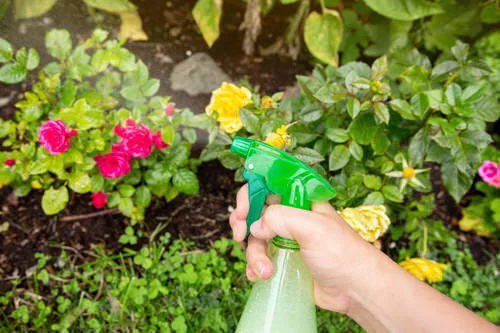
Spraying at the end of the season often does more harm than good. Many pests are already gone, but beneficial insects are still finding places to hide.
- Skip “just in case” sprays in late fall.
- Spot treat only if you see a serious outbreak.
- Use neem oil or insecticidal soap instead of harsh chemicals.
The last thing you want is wiping out lacewing larvae just as they’re settling in for winter.
6. Create a Safe Overwintering Area
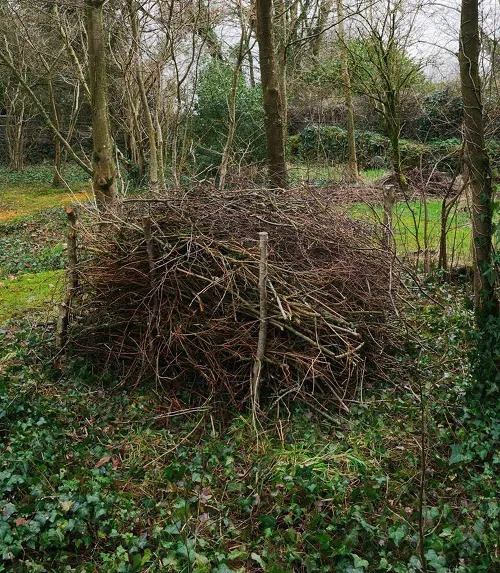
A small brush pile or log stack can be the perfect winter shelter for pollinators, spiders, and beetles. It doesn’t have to look messy—tuck it in the back of the yard.
- Stack sticks, leaves, and twigs in one sheltered spot.
- Leave a corner of your yard “wild” on purpose.
- Add hollow stems or an old birdhouse for variety.
I call mine the “bug hotel”—it’s not fancy, but it works.
7. Free the Weed
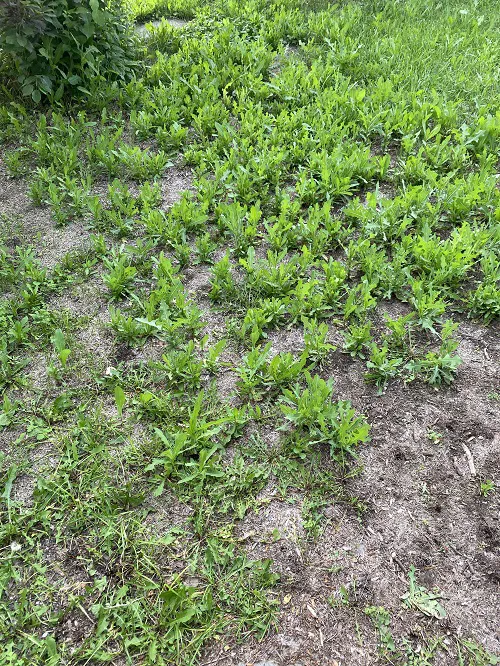
Not every weed is the enemy. Dandelions, clover, and goldenrod all provide late-season nectar and seed for wildlife.
- Leave some flowering weeds until frost fully sets in.
- Cut back only invasive or aggressive spreaders.
- Mark areas where pollinator-friendly weeds grow for next year.
Honestly, a few weeds in autumn won’t ruin your garden. They might even save some late bees.
8. Wait Until Spring for “Real” Cleanup
The easiest trick of all: wait. Many insects stay hidden in stalks and leaves until spring warmth wakes them up. Jumping in too early can destroy their safe spots.
- Hold off major cleanup until temperatures stay above 50°F (10°C).
- Start in mid to late spring rather than fall.
- Use that time instead to plan next year’s beds.
Your spring chores might feel heavier, but your garden will buzz with life because you gave bugs the winter off.
9. Add Water Sources Carefully
It’s not something most people think about in fall, but shallow water sources can help insects survive dry autumns. Just keep them small and clean.
- Place shallow dishes with pebbles so bugs can land safely.
- Keep water topped up, but dump and refill weekly to avoid mosquitoes.
- Position near brush piles or perennial beds where insects hide.
Even in cold weather, I’ve seen bees sip from a shallow dish on a sunny day. A little water makes a big difference.
Quick FAQs About Fall Garden Cleanup
Will leaving leaves kill my lawn?
Thick, wet piles can smother grass. Light layers or shredded leaves are fine. Just rake heavy spots off the lawn and into beds instead.
Can I still compost in fall?
Yes! In fact, fall leaves are the perfect “brown” layer for compost. Mix with kitchen scraps for balance, and the pile will keep working through winter.
What plants should I cut back right away?
Anything diseased. Don’t leave blighted tomatoes or mildew-covered vines in place—they’ll spread problems into next year.
Is it bad to wait until spring for cleanup?
Nope. Many experts now recommend it to protect pollinators. Just be ready for a busier spring cleanup session.



